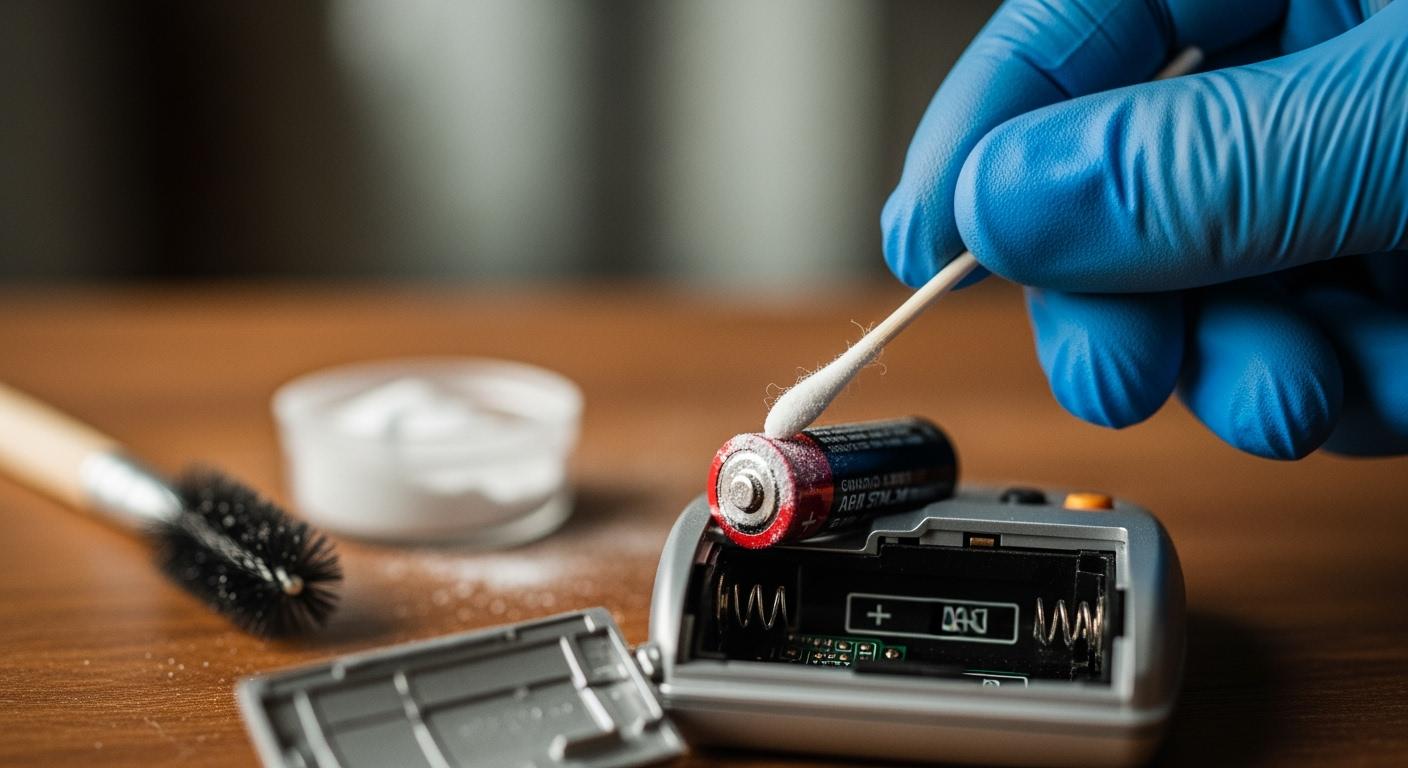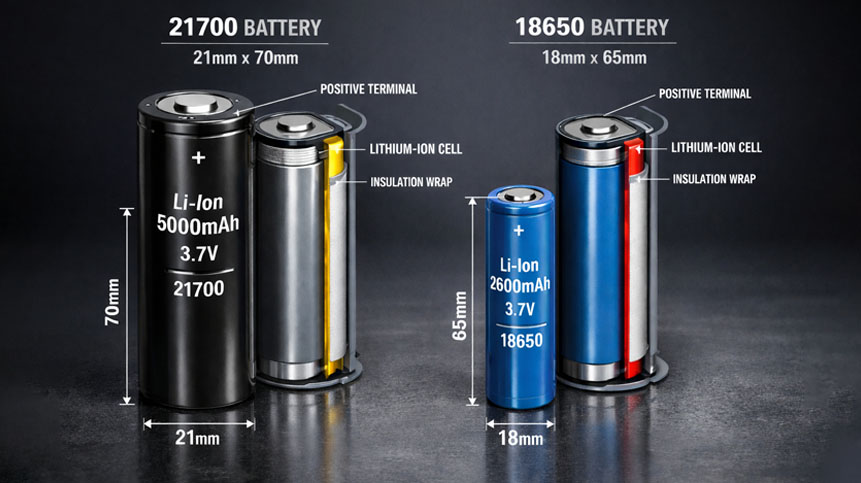Safety Analysis of Lithium Batteries: How to Prevent Overheating and Malfunctions
Lithium batteries are widely used in everything from smartphones and laptops to electric vehicles and solar energy systems. Their high energy density, long lifespan, and compact design make them a preferred energy solution. However, without proper management, safety risks like overheating and malfunctions may occur. Understanding how to prevent these issues is key to ensuring safe operation.
1. Understanding Lithium Battery Chemistry
Lithium batteries operate through electrochemical reactions involving lithium ions. Their core components include:
-
Anode: typically graphite
-
Cathode: materials like lithium cobalt oxide (LiCoO₂), lithium iron phosphate (LiFePO₄)
-
Electrolyte: allows ion flow
-
Separator: prevents short circuits
When mishandled (e.g., overcharging or deep discharging), these reactions can become unstable, posing safety hazards like thermal runaway.
2. Common Causes of Overheating and Malfunctions
A. Overcharging
Exceeding voltage limits causes heat buildup and may trigger thermal runaway.
Learn more from Battery University
B. Deep Discharge
Dropping below safe voltage levels increases internal resistance and raises overheating risk.
C. Physical Damage
Crushing or puncturing may lead to internal short circuits, swelling, or fires.
D. Poor Battery Management System (BMS)
A malfunctioning BMS fails to monitor voltage and temperature, leading to charging errors and instability.
E. Manufacturing Defects
Contaminated or poorly sealed cells may cause unpredictable internal faults.
F. Environmental Extremes
High heat accelerates chemical reactions; low temperatures reduce performance and damage the cell.
3. How to Prevent Overheating and Malfunctions
A. Use a High-Quality Battery Management System (BMS)
A BMS tracks temperature, voltage, and current, preventing extreme conditions.
Always choose batteries with certified BMS systems from reliable brands.
B. Thermal Management Solutions
-
Passive Cooling: heatsinks or thermal pads
-
Active Cooling: fans or liquid cooling for high-load systems like EVs
C. Avoid Overcharging and Deep Discharging
Most lithium batteries operate safely between 3.0V – 4.2V. Use smart chargers to stay within limits.
D. Regular Maintenance
-
Monitor voltage & temperature
-
Inspect for swelling, leaks, corrosion
-
Test BMS functionality regularly
E. Buy Certified Batteries
Choose cells with UL, CE, or IEC certifications.
F. Protect from Physical Damage
Use protective cases. Never expose batteries to pressure, crushing, or punctures.
G. Avoid Extreme Temperatures
Operate/stores batteries in 20°C – 25°C. Avoid direct sunlight or freezing conditions.
4. Conclusion
Lithium battery safety must not be overlooked. By understanding and addressing the common causes of overheating and malfunctions, users and manufacturers can significantly reduce risks.
Investing in high-quality components, utilizing advanced BMS, and applying proper thermal management are essential practices. As the demand for lithium batteries grows, so does the responsibility to maintain safe, efficient, and reliable usage.
Recommended External Resources
-

 May.2025.12.22What is a Nickel Cadmium Battery and How Does It WorkLearn More
May.2025.12.22What is a Nickel Cadmium Battery and How Does It WorkLearn More -

 May.2025.12.22How to clean battery corrosion?Learn More
May.2025.12.22How to clean battery corrosion?Learn More -

 May.2025.12.2021700 Battery: Meaning, Comparison with 18650, and How to Choose the Best QualityLearn More
May.2025.12.2021700 Battery: Meaning, Comparison with 18650, and How to Choose the Best QualityLearn More -

 May.2025.12.19Medical Device 18650 Rechargeable Battery: What Buyers Must Evaluate?Learn More
May.2025.12.19Medical Device 18650 Rechargeable Battery: What Buyers Must Evaluate?Learn More -

 May.2025.12.19Common voltage types of lithium polymer batteries for different applicationsLearn More
May.2025.12.19Common voltage types of lithium polymer batteries for different applicationsLearn More















